Category: Knowledge Base
-
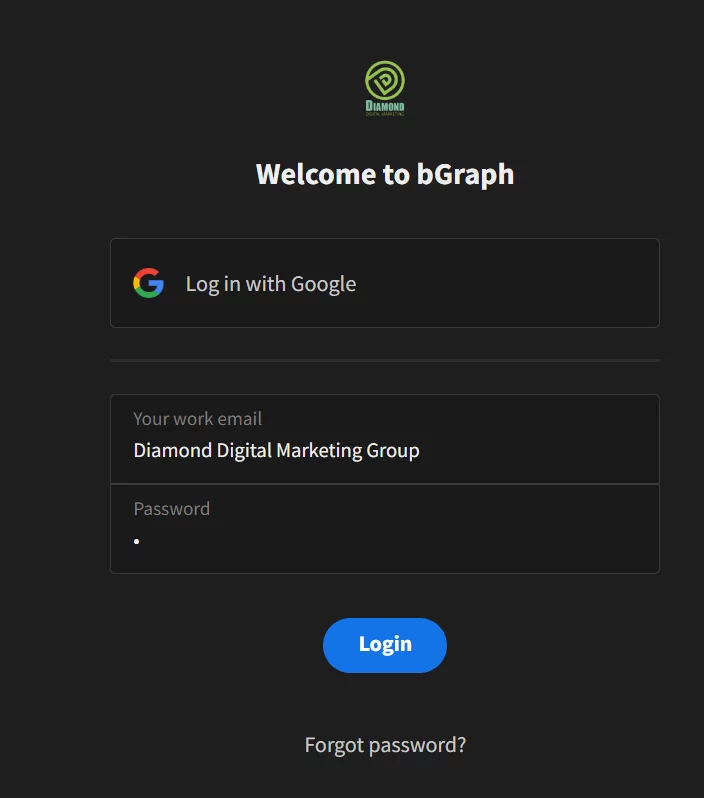
What Problem Patterns bGraph Is Going to Solve
Introduction bGraph is an SaaS developed in-house by Diamond Digital Marketing Group which can be categorised as a GraphRAG web application serving as an Enterprise Knowledge Graph. To better understand what GraphRAG exactly is, it is imperative for us to start with a real world problem pattern Real World Problem Patterns The definition of profit…
-
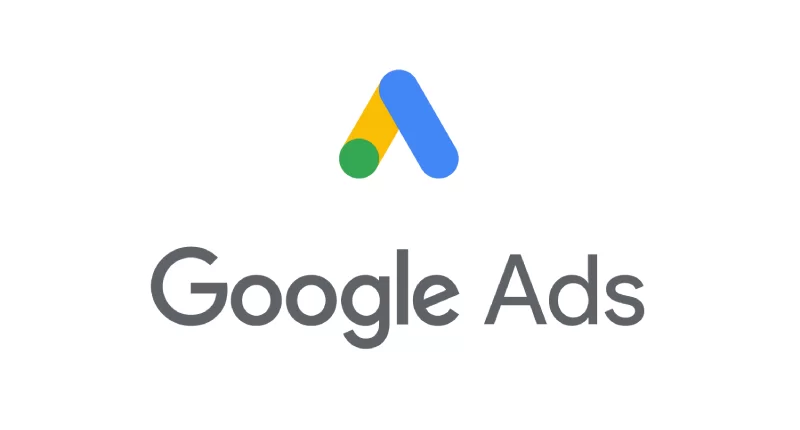
Assign Youtube Studio Access Rigths to Others
Definition Google Ads Google Ads is an online advertising platform developed by Google, where advertisers can create ads to promote their products, services, or content. These ads can appear across Google’s vast network, including the Google Search results, YouTube, Gmail, and various websites within the Google Display Network. Google Ads , Google Marketing Platform and…
-

Assign Google Tag Manager Access Rigths to Others
Definition Google Tag Manager Google Tag Manager (GTM) is a free tag management system that allows you to manage and deploy marketing tags (small snippets of code) on your website or mobile app without modifying the underlying code. It simplifies the process of adding and updating tags, such as those for Google Analytics, Google Ads,…
-

Assign Google Ads Access Rigths to Others
Definition Google Ads Google Ads is an online advertising platform developed by Google, where advertisers can create ads to promote their products, services, or content. These ads can appear across Google’s vast network, including the Google Search results, YouTube, Gmail, and various websites within the Google Display Network. Google Ads , Google Marketing Platform and…
-
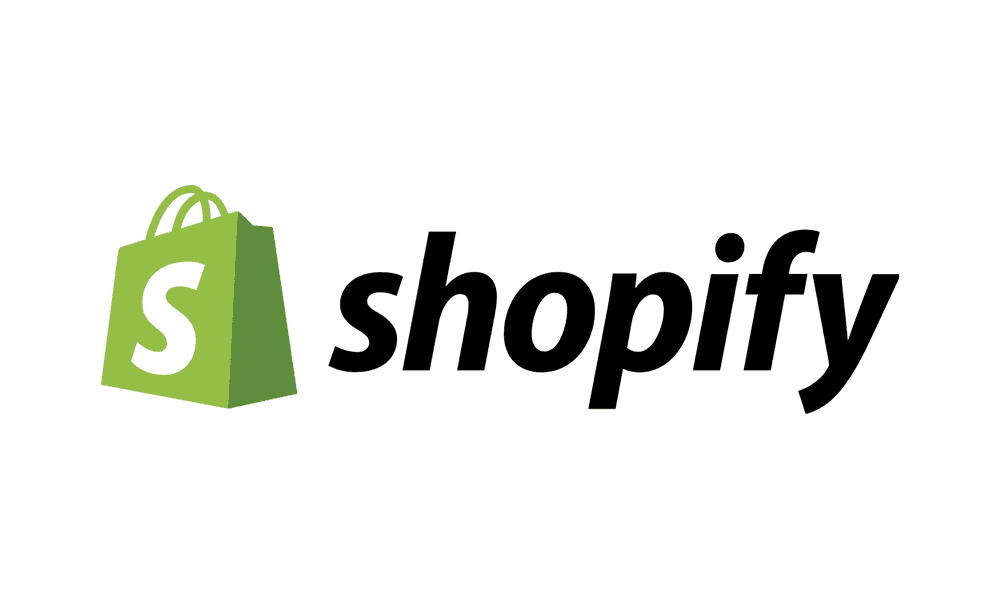
Assign Shopify User Access Rights
-
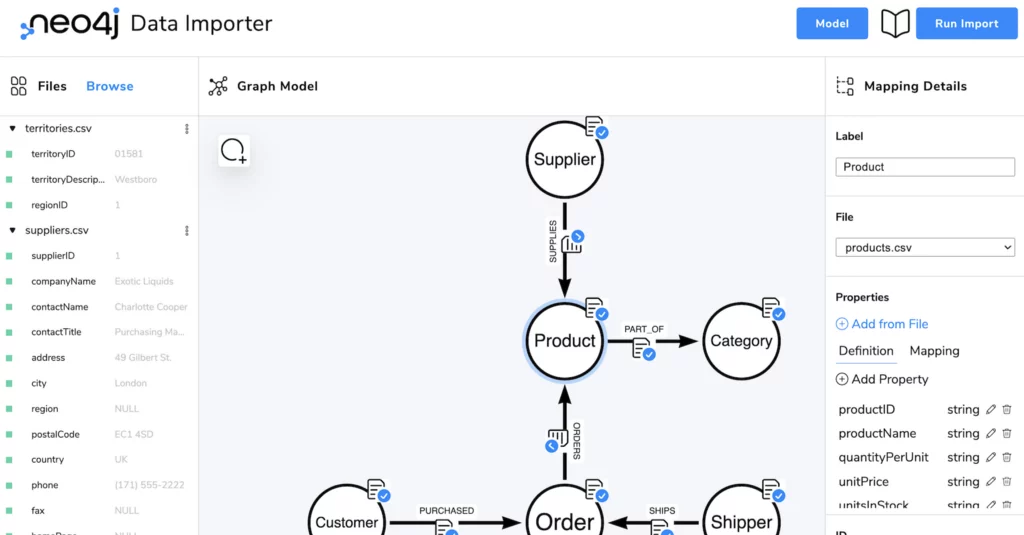
bGraph Architecture – Model Data
Introduction The objective of this article is to provide a blueprint which demonstrates and enumerates all the technical stacks used to build the bGraph. Although using a Graph Database is a perfect tool to illustrate this kind of blueprint, ironically, we cannot use the Graph Database to demonstrate how to build a Graph Database because…
-
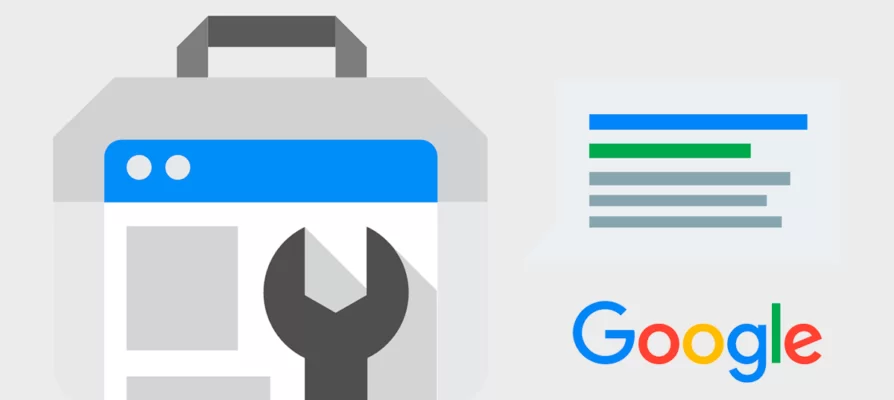
Assign Google Search Console Access Rights to Others
Definition Google Search Console (GSC) Google Search Console is a free web service offered by Google that helps website owners, webmasters, and SEO professionals monitor and maintain their site’s presence in Google search results. It’s like a communication portal to connect among Webmaster, Google Search Engine and the Target Website. Access Rights Access rights refer…
-
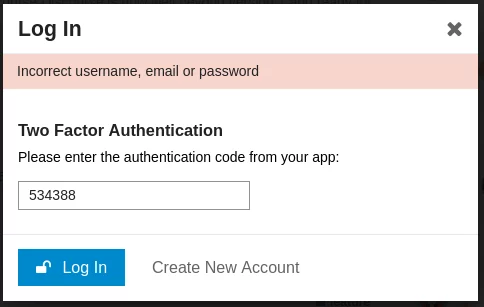
How to Enable 2FA in Facebook Personal Account
Facebook Personal Page Facebook Personal Page is one of the products under the umbrella of Meta, inc product fleet. While you can easily access your Facebook Personal Page by logging in via www.facebook.com, there are many interface from different products under Meta, inc. will drive you to the interface of Facebook Personal Page, including but…
-
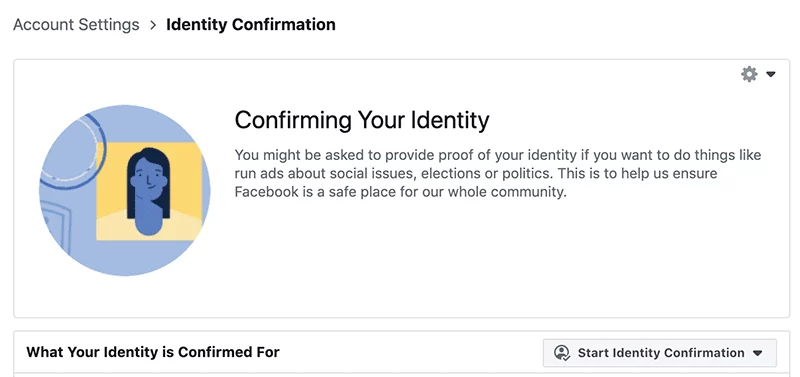
Confirm Identity for your Facebook Personal Page
Definition Facebook Personal Page Facebook Personal Page is one of the products under the umbrella of Meta, inc product fleet. While you can easily access your Facebook Personal Page by logging in via www.facebook.com, there are many interface from different products under Meta, inc. will drive you to the interface of Facebook Personal Page, including…
-
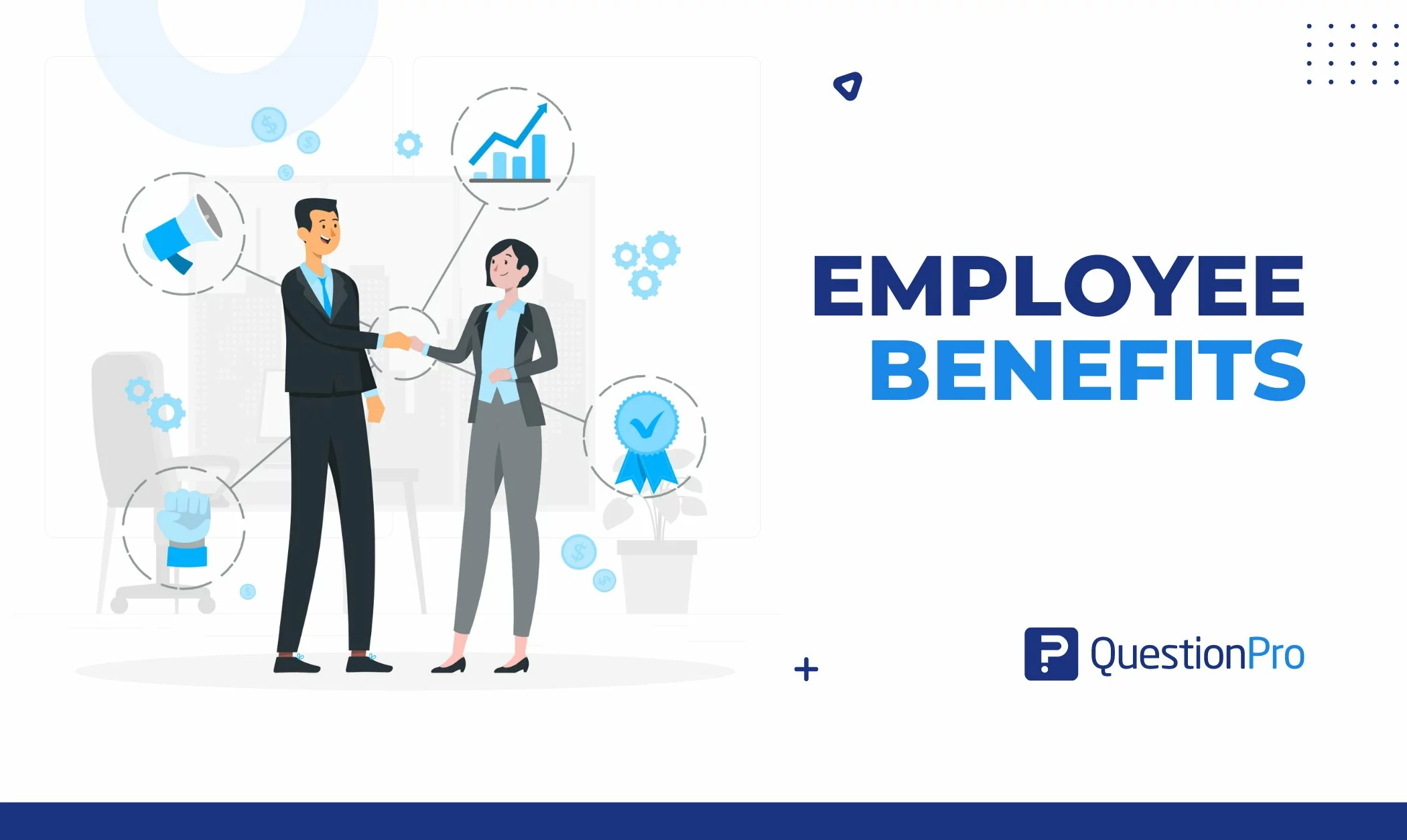
Employee Benefit in DDM Group
Introduction The principal of decising the degree of Employee Benefit (v20250928) provided to the employee in DDM Group is based on the contribution that the employee had been delivered to the Company. Employee Benefits Education Amazon Kindle Book Store A/c Amazon Kindle Book Store account is an Amazon A/c owned by DDM Group which can…
